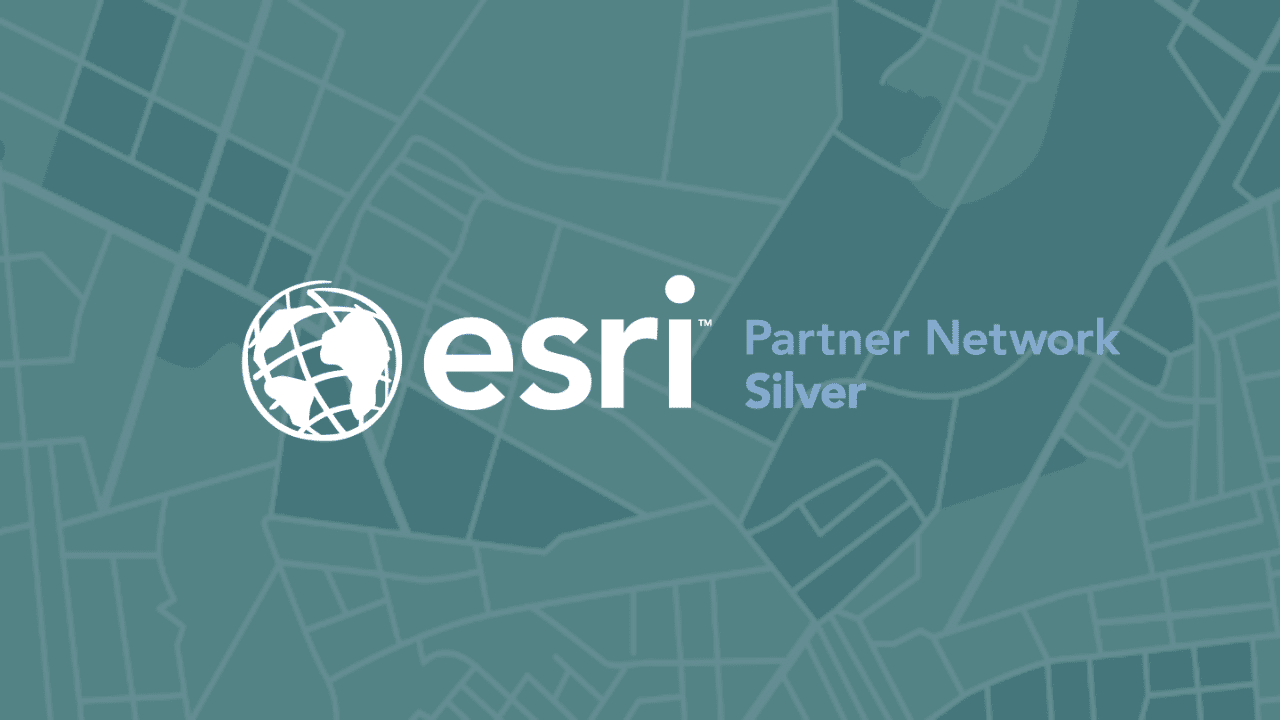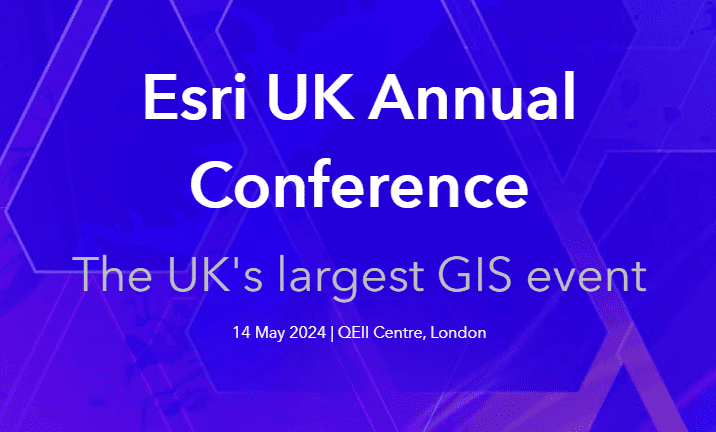LIS vs GIS: Understanding the Difference Between Land Information System and Geographic Information System

Land Information System (LIS) is a flexible land surface modelling and data assimilation framework designed using advanced software engineering principles. LIS is a management tool designed to manage all aspects of land control efficiently.
Geographic Information systems (GIS) capture, store, manipulate, analyse, manage and present all types of geographical data. GIS and LIS are essential for various industries, including urban planning, infrastructure, utility companies, government agencies, environmental and natural resource management organisations, etc.
Both LIS and GIS share significant similarities and are mainly computerised systems used to manage, analyse and interpret data. However, there are also differences that we will talk about in this article.
Land Information System Applications
Land Information System is the geographic information system for land use and cadastral mapping, generally utilised by local governments. Land information systems are utilised for land records and cadastral in an accurate, reliable and current format.
Its associated attributes and spatial data represent the legal boundaries of land tenure and provide a vital base layer capable of integration into other geographic systems. LIS also can be used as a standalone solution that allows data stewards to retrieve, create, update, store, view, analyse and publish land information.
Land information systems are essential, and their uses include:
- Helping in land accessing, controlling and improving decision-making for land use by developers, government agencies and environmental organisations.
- Giving basic information about the land and its suitability for developing public programs and creating policy.
- Helping to create a pathway for land markets, land development and other activities.
- Updating the world map is done with the help of land information systems.
- Helps to improve urban planning and infrastructure development and is widely used in these industries today for effective management and decision making.
- Helps to guarantee ownership of lands and securing of land tenure
LIS help to create a medium to large-scale dynamic administrative system with significant integrity in the presentation of data. The organisational system of the informative land system is designed to help governmental and non-governmental activities in the subdivision of land, land registration, land tax collection, local government administrative establishment and maintaining land facilities for effective services.
Geographic Information Systems Applications
Geographic Information Systems is a technology for gathering, managing, and analysing spatial data. GIS analyse the location and organise multiple data layers to create a visual 3D map.
They include detailed insights and help to identify patterns and relationships using data. Various industries and organisations utilise GIS to help create maps that help improve decision making, share information, identify issues and encourage developing solutions to complex problems in our world today.
Geographical information systems are essential in various industries today, including infrastructure, utility industries, environmental and natural resource management, etc.
GIS is essential in developing effective and efficient management, and its uses include:
- Helping to improve decision-making in the determination of the coverage of land and its uses.
- Helping to estimate the location and extent of flood damage during a natural disaster.
- Helping to identify potential hazards and develop preventative solutions.
- Improving natural resource management by supplying current and detailed data to improve decision-making, create policies and develop plans for sustainable use.
- Supplying data for environmental impact analysis (EIA).
- Aiding in mitigating risk and disaster management.
- Helping to evaluate risks and zoning of landslide hazards, coastal shoreline erosion, flooding, volcanic eruptions and more.
Geographical Information Systems are medium to small scale and not dynamic administrative systems and usually have lower integrity in presenting data in both environmental and natural resources.
Most urban areas increase their development from small to medium to large scale GIS by encouraging, supporting and developing their cities’ infrastructure and utilities with strategic planning and activities while including environmental impact analysis to ensure they are planning for the future.
MGISS Has the GIS Solutions You Need for Your Organisation
As GIS and geospatial technology experts, we have the expertise to support various types of organisations, including environmental agencies, infrastructure and utility companies.
At MGISS, we will work with you to transform your business, supporting resiliency and future-proofing your organisation. We offer geospatial consultancy, geospatial software development, training and technical support to ensure your geospatial needs are met.
Contact us today for more information!



